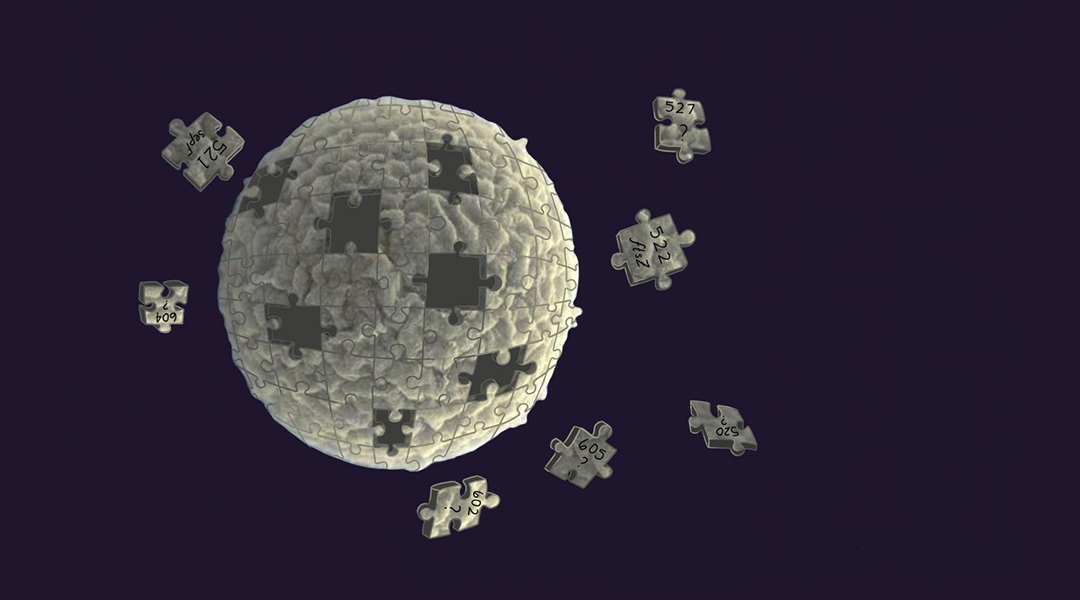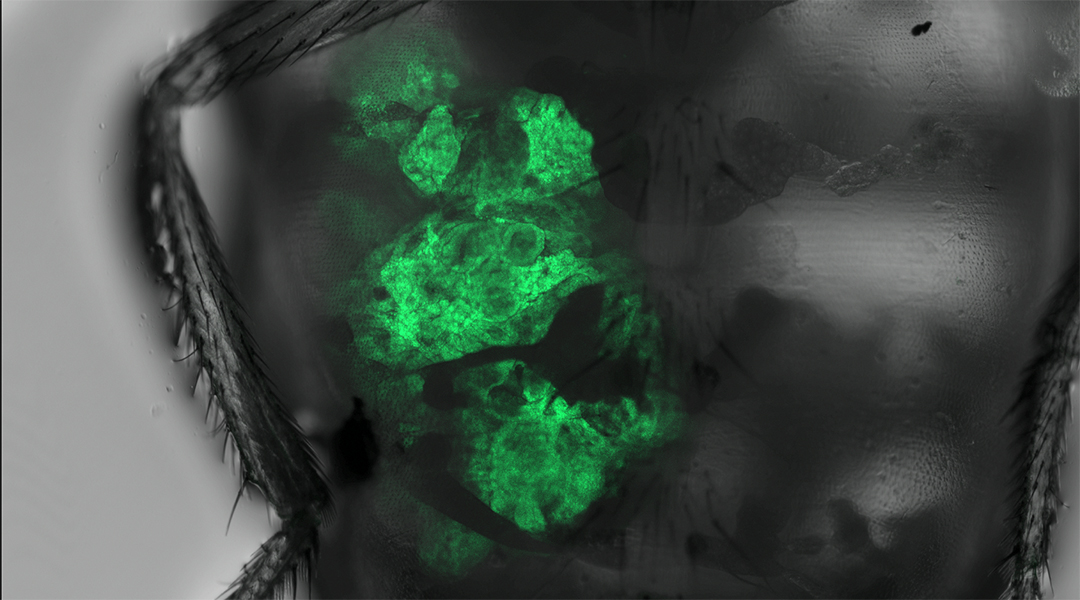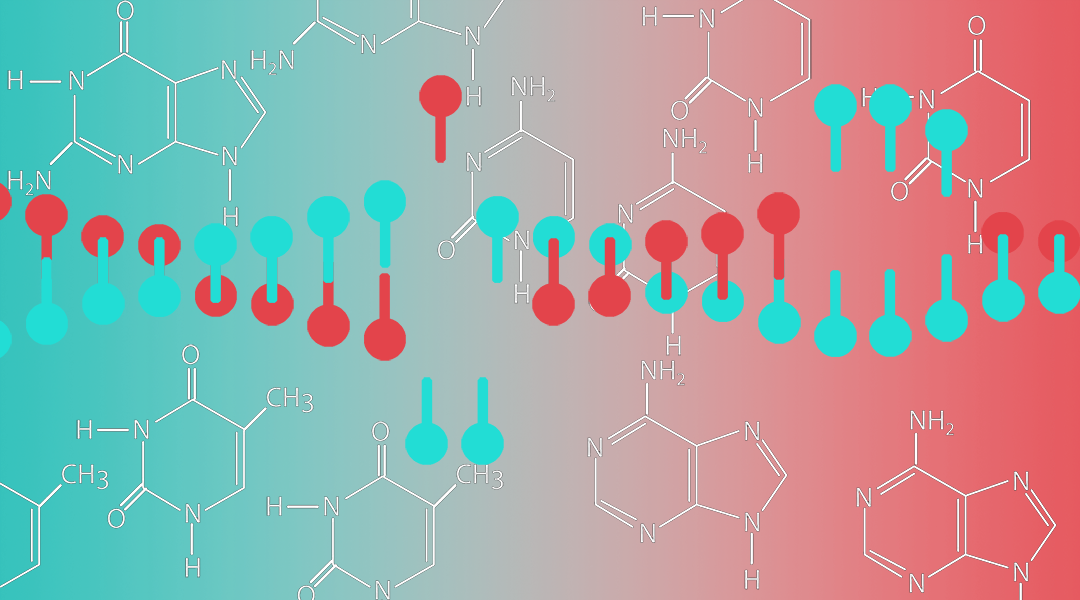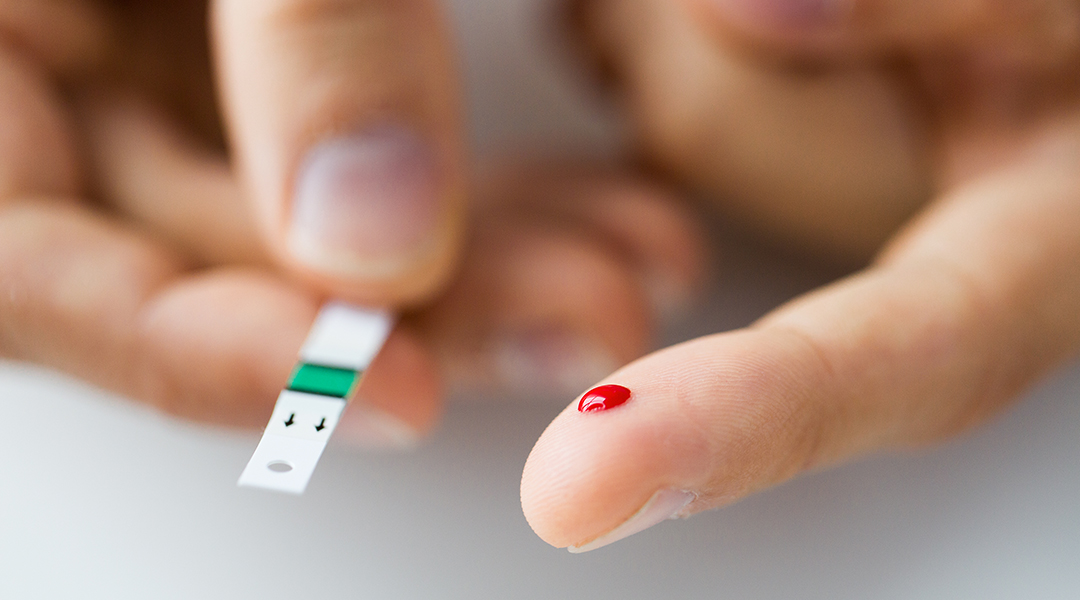A new simulation technique accelerates modeling to help us better understand complex molecular processes and facilitate rational drug design.


A new simulation technique accelerates modeling to help us better understand complex molecular processes and facilitate rational drug design.

New findings shed light on mechanisms controlling the most basic processes of life.

The flies may be tiny, but they can teach us the greatest of lessons in cancer biology and beyond.

Here we take a look at how CRISPR, the revolutionary “molecular scissors”, works and where its being used.

Recent advances in micro- and nanoscale sensing technologies may help diagnose sepsis early and with greater accuracy.

From astronauts to programmers and medical researchers fighting the COVID-19 pandemic, these women are pushing boundaries in STEM.

Leopards, it would seem, are the kings of flexibility and adaptability in the big cat kingdom — lazy human aphorisms be damned.

Graphene-based biosensors incorporated in arrays of microneedles are emerging as an alternative to hypodermic needles and could be the next generation of blood sampling devices.

Following the tireless efforts of researchers and scholars, name change policies are becoming more prominent among scientific publishers, sparking hope for meaningful change.

Demoted from her tenure track position in the mid 90s, Katalin Karikó persisted with her research into RNA therapeutics and is now senior vice president of BioNtech.